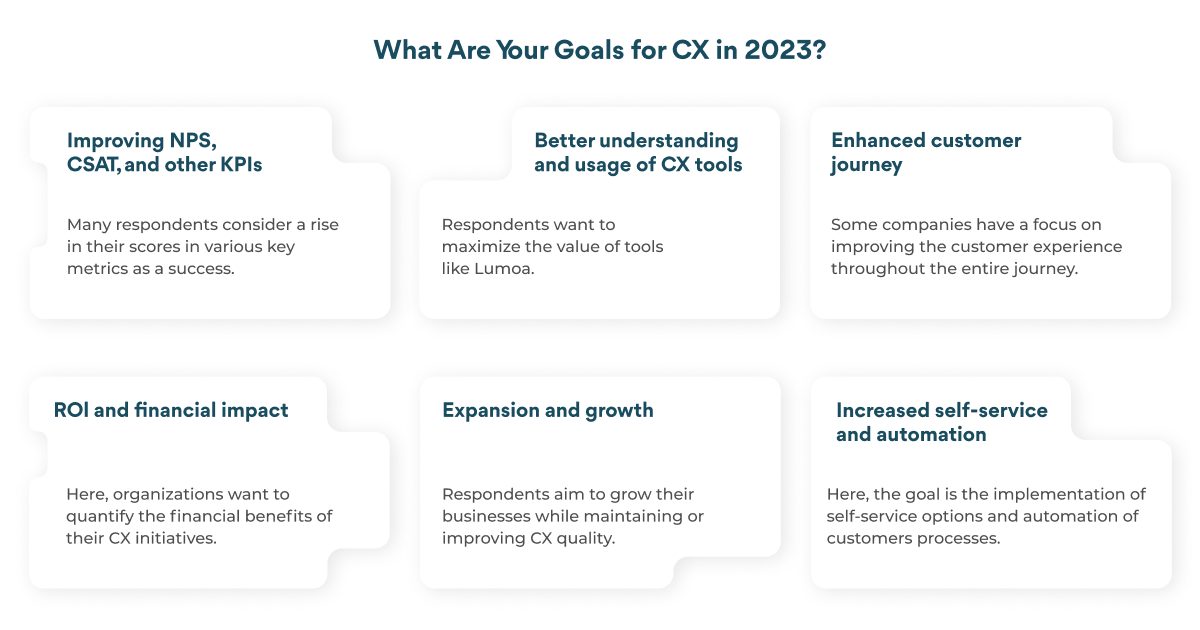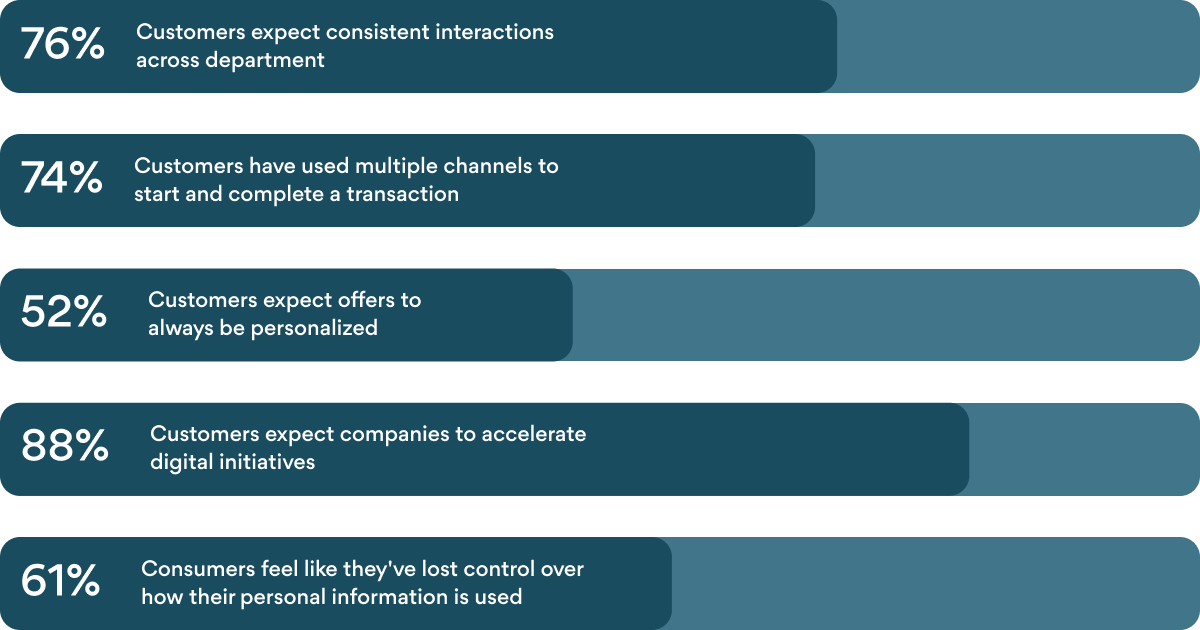How to Analyse Customer Feedback: A Real-Time Approach

Last updated on September 17, 2024
Do you really know how to analyse customer feedback? Not just skimming through comments and ratings, but truly understanding what your customers tell you — and doing it in real-time?
Gone are the days when businesses could afford to sit on piles of survey data, waiting for end-of-quarter reviews to make sense of them. Today, customer feedback is immediate, public, and powerful; not to mention louder. It’s out there shaping opinions about your brand before you’ve even had your first coffee of the day.
It’s true, collecting feedback is one hurdle, but analysing it? That’s another level. Because let’s face it, the volume of feedback is overwhelming. In this sea of opinions, valuable insights often slip through the cracks — the kind of insights that can steer your business in the right direction or send it off the cliff.
So, what’s the secret to analysing customer feedback in real time? How do we sift through the noise and spot the gems that can guide our next business move? Stick around. This isn’t just another article; it’s going to be your playbook for understanding the real value of real-time feedback analysis.
In This Article:
Why a Structured Approach Matters in Feedback Analysis
Before we jump into the ‘how,’ let’s talk about the ‘why.’ Why is it so crucial to have a structured approach to analysing customer feedback? Well, as mentioned earlier, opinions are formed in seconds and shared just as quickly; businesses can’t afford to be slow. But speed without strategy? That’s just noise without direction.
We found out in our research on the state of customer experience (CX) that more companies are focusing on CX than ever before. Primarily because customers now demand more from their brands. Astonishingly, 4 out of 5 customers today believe that the experience a business provides is as significant as its products and services.

Furthermore, 66% expect brands to understand their unique needs. However, there’s a gap: 54% feel companies fail at providing the right information, and a staggering 66% feel treated like mere statistics.
The challenges companies face in implementing a solid CX strategy are multifaceted:
- Budget and Profitability: Investing in a strategy, deploying solutions, monitoring metrics, and converting insights into actionable plans requires significant resources.
- Technical Variables: Overcoming ineffective data silos, outdated tools, and inadequate personalization options remain daunting tasks for CX-driven companies.
- Human Interactions: Instilling the value of consistent CX best practices in team members is challenging, irrespective of the budget size or advanced technical solutions.
Moreover, customer expectations are increasing: 76% anticipate consistent interactions across departments, 74% use multiple channels for transactions, 52% expect always-personalized offers, 88% want companies to speed up digital initiatives, and 61% feel they’ve lost control over their personal data.

Customer feedback is everywhere – in your survey responses, online reviews, social media comments, and more. You can find valuable insights, but only if you know what to look for. Without a clear, structured method, you’re not just missing out on valuable input; you’re potentially misinterpreting the feedback you do manage to catch. And let’s not even get started on the data overload!
That’s where a structured approach comes in. It’s not about collecting feedback for the sake of it; it’s about gathering insights you can act on. Insights that will not only meet but exceed the modern customer’s expectations, and in doing so, propel your business forward.
Timing is Everything: How to Collect Customer Feedback at the Perfect Moment
In understanding the ‘why’ behind real-time feedback analysis, we recognize the need for immediacy and relevance. Now, let’s explore the ‘how,’ starting with the element of timing. Customer stories, experiences, and what motivates them are the best ways to get to know them. And timing is everything.
How does this work in the real world? If you send out a feedback request long after the customer has interacted with your product or service, you’re not just getting stale news; you’re missing out on the heat-of-the-moment insights that could drive your business forward.
So, how do you nail the right timing? Here are some practical steps.
-
Be Proactive with Prompts: Implement systems that automatically ask for feedback after key customer interactions. Whether it’s a purchase, a customer support call, or a product return, that’s your cue to jump in and ask how it went.
-
Make it Easy and Immediate: Feedback tools should be a no-brainer to use. Think of one-click ratings, short surveys, or quick polls right on your app or website. The easier it is, the more likely customers will share their thoughts on the fly.
-
Keep it Relevant: Tailor your feedback questions to the specific interaction. Generic queries get generic answers. But ask about their recent experience? Now you’re getting the good stuff.
-
Respect Their Time: Don’t bombard customers with requests. You need to be strategic about when and how often you reach out. You will lose their attention if you do it too much. Not enough, and you’re flying blind.
Word of advice: there’s no one-size-fits-all strategy here. The best approach is the one that fits your customers’ journey. Additionally, there are various customer feedback practices that you can follow. Practicing it will grant you actionable feedback. This strategic approach is a significant step towards achieving success.
Data to Action: Efficient Strategies for Analysing Customer Feedback
After establishing the importance of timely feedback collection, we must address another core challenge: transforming this abundance of data into actionable insights.
Picture this: you’ve just rolled out a new product or service, and you’re on pins and needles waiting for the feedback to roll in. But we already know that collecting feedback is only half the battle. Sifting through it all and figuring out your next move fast is the real deal.
Here’s our game plan for this part:
-
Prioritize, Prioritize, Prioritize: Not all feedback is created equal. You can use text analytics tools to identify trends and urgent issues. That way, you’re not just putting out fires; you’re making strategic improvements that matter.
-
Empower Your Team: Build a CX team that has access to real-time feedback and the authority to act on it. Whether it’s a customer service rep who can offer an instant apology discount or a product manager who can fast-track a bug fix, immediate action can turn a critic into a fan.
-
Measure the Impact: Be aware of how your changes will impact customer satisfaction, retention, and profitability. Remember, the goal here is strategic growth.
-
Choose the Right Tools: Invest in CX platforms that don’t just collect feedback but analyse it in real time, providing clear, actionable insights that your whole team can access and act on.
Before we move on: Don’t (and shouldn’t) react to every piece of feedback whether you’re doing it manually or not. Build a system that helps you filter out the noise and find the critical insights. That’s how you stay agile, informed, and ahead of the curve.
Beyond Listening: How to Effectively Respond and Act on Customer Feedback
We’ve all been there — a bad experience leads to a complaint, which sometimes disappears into the void, followed by a generic apology way too late.
It’s not just about haircuts gone wrong; this applies to any customer experience, from downloading software to waiting on a service technician. The point is, a delayed or insincere response can turn a small hiccup into a deal-breaker.
So, how do you ensure feedback doesn’t just get collected but gets acted on in a way that wins back hearts? Check out these 4 points to remember:
-
Personalize the Follow-Up: A generic apology won’t cut it. Personalize your responses based on the issue and the customer’s history with your company. Make sure they know you care about them.
-
Take Action and Communicate: Fix the issue, of course, but also let the customer know what you’ve done. This communication is important; it turns a closed loop into a continuing conversation.
-
Check Back: Don’t be afraid to follow up again later to confirm the customer is satisfied or to ask for more feedback. It shows your personality and commitment.
-
Learn and Improve: Use this feedback to make systemic changes in your product or service to reduce the likelihood of the problem recurring.
Closing the feedback loop isn’t just damage control; it’s an opportunity. Handle it right, and you’ll retain customers and possibly turn them into your biggest advocates.
Methods in Analysing Customer Feedback
There are multiple ways to analyse customer feedback. And with these methods, you can uncover trends, emotions, and quantify your customers’ expectations. Let’s look at the top ways in analysing customer feedback:
-
Sentiment Analysis: It’s the emotional tone behind the words. Using AI, it interprets feedback to categorize responses like happiness, frustration, and disappointment. It’s like having a mood ring for your customer reviews, but way more accurate.
-
Text Analytics: Go beyond surface-level responses. This technique examines open-ended feedback, identifying common keywords, phrases, and topics. It’s about seeing the forest and the trees, understanding not just what terms are popping up, but also how they’re interconnected.
-
Conversation Analysis: Look into customer conversations. This allows you to see the entire dialogue, helping you understand the customer’s journey and experience. By focusing on keywords and categorizing feedback, you can identify patterns and issues that need immediate attention. What an excellent way to listen to your customers!
Automation for Real time Analysis
Generative AI exploded like a bomb this year and is rapidly branching out. With 4 out of 5 customers demanding more personalized, immediate interactions, businesses are scrambling to adapt.
The rise of self-service and automated customer processes reflects more than a trend; it’s a loud and clear message from consumers craving efficiency and authenticity. Generative AI tools like GPT don’t just process feedback; they understand it, diving into the emotional undertones and subtle hints hidden in your customers’ words.
Considering the world is racing toward deeper, more meaningful customer experiences, you have to ask yourself: are you keeping up, or are you lagging behind?
Conclusion
Okay, let’s wrap this up: Analysing customer feedback in real time will level-up your customer experience. Imagine knowing what your customer thinks right at the moment they’re thinking about it. That’s powerful stuff.
With customer experience analytics tools today, you can sort through this feedback fast. This process helps you determine what requires immediate attention and what can wait.
But remember, collecting feedback is just the beginning. Start engaging in a dialogue with your customers. Had a hiccup with a customer? Reach out, extend a genuine apology, and address the issue. You’d be surprised how a simple, sincere ‘we’re on it!’ can turn a critic into a fan. In fact, studies, like the one from Carey School of Business, show that a heartfelt apology can skyrocket customer satisfaction by up to 74%.
Sure, you’ll receive an array of feedback, and while it’s tempting to dive into action mode, the real art lies in stepping back, pausing, and connecting the dots. You have to look at the big picture, discerning patterns, and understand what’s enhancing the customer experience and what’s pulling it down.
Setting up a real-time customer feedback system seems daunting, and yes, it does require resources. But consider this: the insights you’ll gain aren’t just about fixing what’s broken; they’re also about forging stronger, more meaningful connections with your customers. And the beauty of it? You’re not in this alone.
There’s a whole arsenal of guides and tools designed to help you design your CX strategy. The bottom line is that analysing customer feedback in real time doesn’t just fix problems; it develops communities around your brand. Get it right, and your customers won’t just stick around; they’ll become your most powerful advocates.


